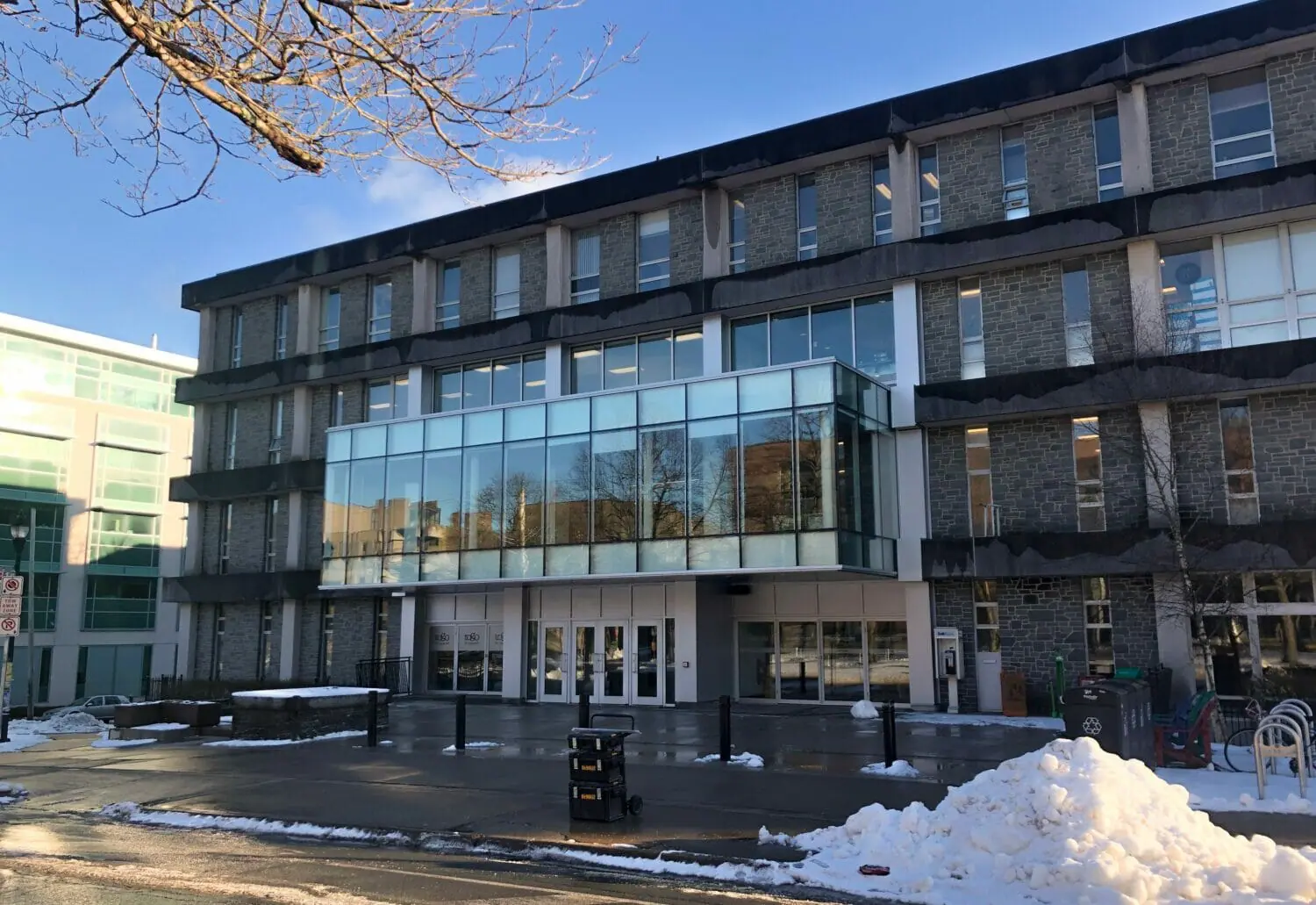Being a part-time professor is precarious work – and they make up about 50 per cent of the teaching workforce at universities across Canada according to the 2016 study Precarious U.
Associate professor of Sociology at Dalhousie University, Karen Foster, conducted the study to try and find out what this looked like in Nova Scotia.
“There are a lot of stereotypes about who works part-time, non-tenure track contracts at universities,” says Foster. “We like to think that people are students who are just doing it for experience, or they are professionals who are teaching as part of a responsibility to their profession.”
The study found that this is not usually true.
It’s most common for a part-time professor to have been working as a part-time professor for six to 10 years and most likely between the ages of 26 and 35. That’s not to say that there are not working professionals who are teaching to keep current in their field, but one of the professors who has spoken to the Dalhousie Gazette have said that they would love to keep teaching, but can’t afford to. They have to split their time between more than one school teaching courses here and there.
Part-time teaching salaries alone are usually not enough to live above the poverty line. Most of the people surveyed by Foster expected to earn less than $10,000 a year. Almost half expected to earn less than $15,000.
In documents obtained from Dalhousie through an access to information request, the Gazette’s learned that in 2016 and 2017 the average stipend for a part-time political science professor was $4881. For a part-time engineering professor, it was $5969. This year the average salary for a full-time political science prof is $128,741.09, and the average salary of a full-time engineering prof is $132,340.37.
According the access to information request a new collective bargaining agreement was reached and applied in December 2017 and the stipends for part-time political science professors at Dalhousie was increased, and those professors received retroactive payments.
According to Foster to earn their salaries full-time professors at Dalhousie spend about 40 per cent of their time teaching, 40 per cent of their time researching and 20 per cent of their time on service. Service is things like being on a committee or the senate.
A full-time professor is expected to teach five three-credit courses in an academic year. This is also the maximum a part-time professor is allowed to teach. And instead of being able to earn 40 per cent of a full-time professor’s pay – approximately $45,000 – they are capped at a lower amount.
According to the access to information request, “as of September 1, 2018, a CUPE part-time academic could receive a possible maximum salary of $31,335.”
In order to get a job as a part-time professor interested people must apply for – or propose – specific courses to teach. If they get accepted, they are guaranteed to teach that course for the term. There are no guarantees that the course will return next term. Or, if the course does return, no guarantees that it will have the same prof.
In some faculties, it is possible to achieve a bachelor’s degree, or a minor, having only been taught one or two courses by one full-time prof.
The three the professors (including Foster) who spoke to the Gazette said that part-time professors put in extra unpaid work. Some part-time professors do the extra work because they’re angling for a full-time position, others because they’re passionate about what they teach. And always because they want to see the students succeed.
When Foster talks to her students, they’re not optimistic about their future. “If you’ve got a person in front of you in a classroom who has a PhD and they can’t get a full-time job, what message does that send?”
For Foster, there’s also a moral issue. University is supposed to prepare students for the world, but right now it’s providing an example of how to mistreat and undervalue labour.
“I don’t understand how we can give that example and then expect students to go and recreate a better world.”


Recent Comments